GUIDES
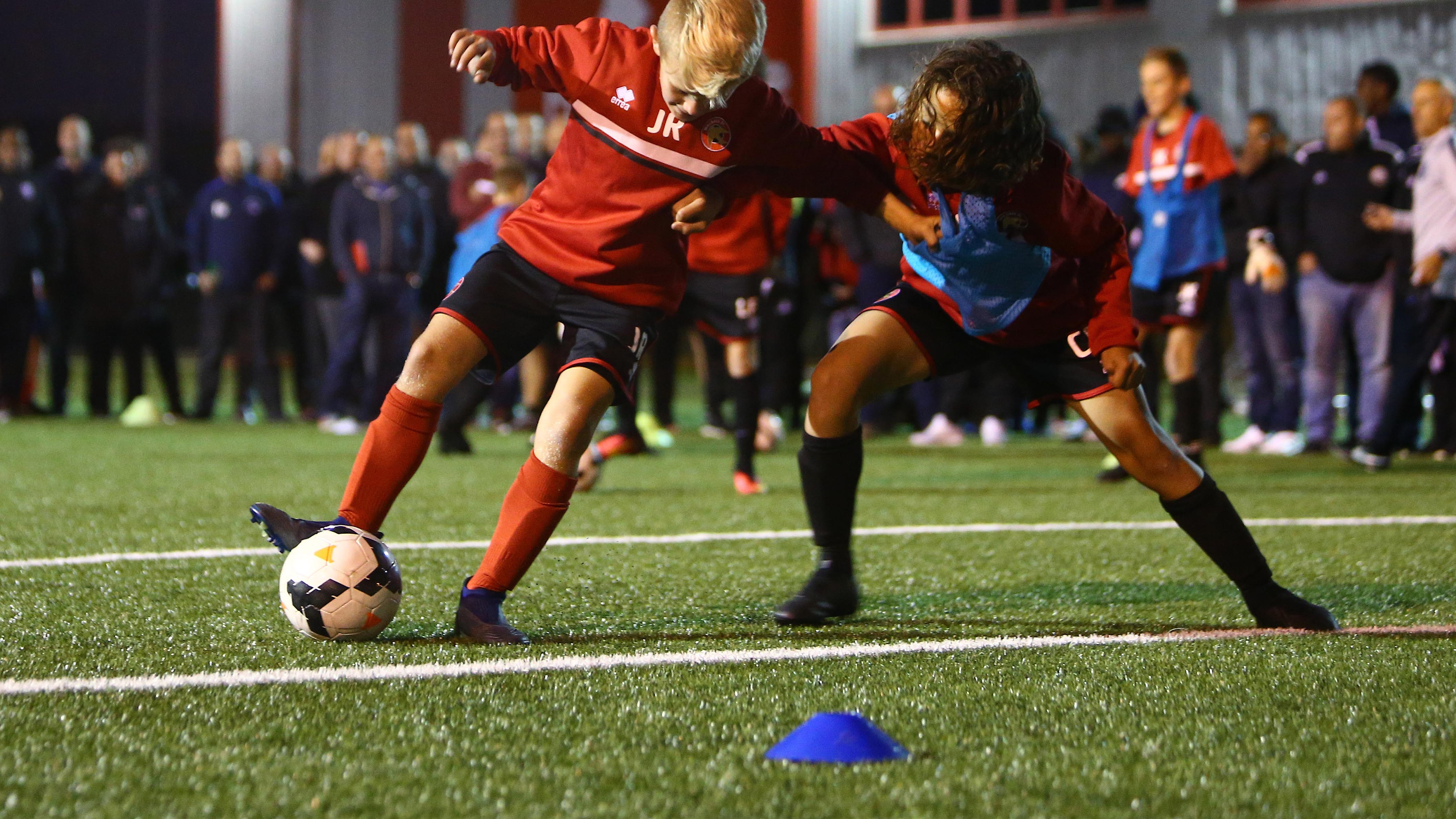
How to support physical development
- The Boot Room
- 01 October 2018
The good news is that, during the Foundation Phase, children are hardwired to move, run and chase – the only catalyst they need is an enthusiastic coach who creates fun, exciting activities.
Want to encourage physical development in your team?As a Foundation Phase coach, the simplest method is to engage your team in a wide variety of activities, and deliver these in an enjoyable way. Try building a 'bank' of practices and switch between them frequently – but don’t be scared to use the most popular as often as you feel appropriate. Remember that children like games where you build tension, and use your voice to alter the tempo and speed of the task. They also enjoy activities that are simple to play, with clear explanations of how to gain points or win.
In terms of delivery, if you’re starting a new activity, using colour coding can help you to outline the rules. For example, telling children that they’re in the ‘forest’ (a green area) and that they have to get to the ‘sea’ (a blue area) provides a simple description of how a game works. You should also encourage your team to sample a number of different sports; although many will prioritise football, different experiences will help to practise a range of movements.
For more tips that apply to players at different stages across the Foundation Phase, scroll down now.
Step one: players aged 5-8
Supporting your team’s physical development doesn’t need to be complicated. In fact, encouraging simple movements that are required in football (such as turning and changing speed) is a great starting point. For example, you could reduce the size of your practice area from large – great for longer runs – to small, which forces your team to twist, turn and dodge to avoid the opposition.
Our top tips:
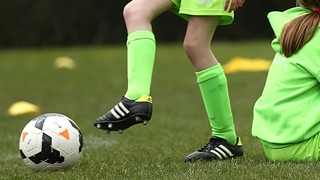
1.
Increase the amount of ball contact to help players practice control of their body and the ball.
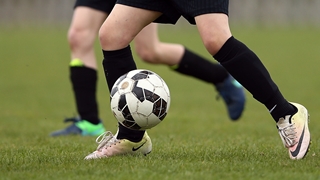
2.
Practice changes of speed and direction (with and without the ball)
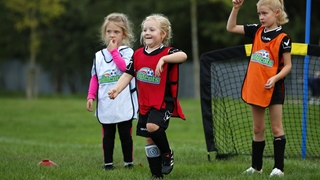
3.
Encourage hopping, skipping, jumping and twisting – tag and chase games are great ways to do this.
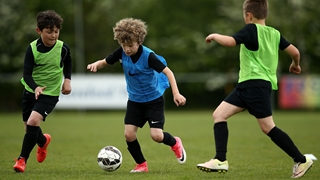
4.
'Load' small-sided games, so that one team has more players.
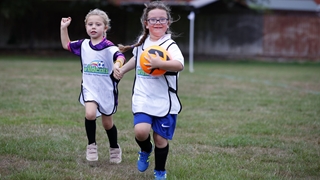
5.
Teach physically beneficial 'playground games' that your players can then use.
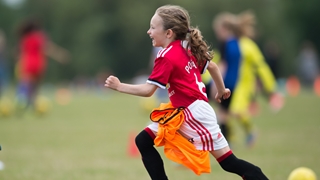
6.
Include fun contact activities that involve children using their speed, strength and agility.
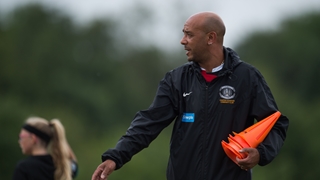
7.
Play training matches on different sized pitches.
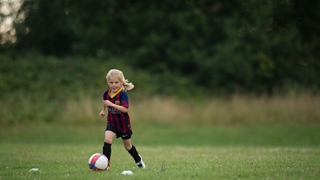
8.
Focus on variety of movement, rather than endurance.
Don't forget that, as your team gets older, these tips still apply and you should continue to use them in your sessions wherever possible.
Step two: players aged 9-12
Towards the end of the Foundation Phase, you’ll find yourself coaching children whose physical ability is progressing at different rates: early developers, late developers and those who are on track. As a result, your players will come in a variety of shapes and sizes, with different capabilities and individual needs. For example, at this age, children may experience a loss in coordination during growth spurts and, as their bones lengthen, could find that they have ‘tight’ muscles.
So, how can you help to manage development at this tricky time?
Our top tips:
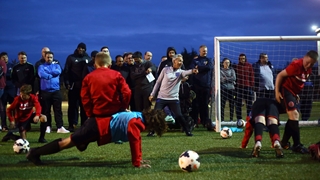
9.
Prepare practices that challenge children at different stages of development.
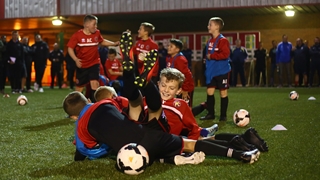
10.
Help each child to use their unique physical capabilities.
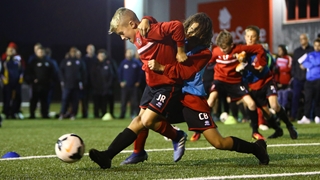
11.
Provide opportunity for future physical development.
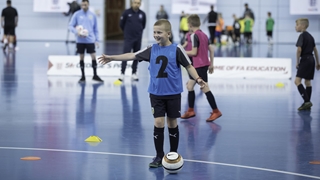
12.
Encourage the sampling of other sports.
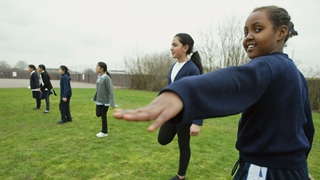
13.
Promote stretching and movements that maintain flexibility.
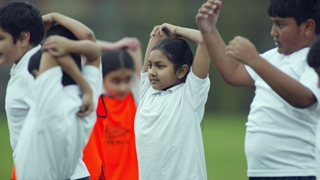
14.
Introduce enjoyable strength training.
It’s great to see players almost grow before your eyes, but remember that their bodies will have a lot to cope with. As you coach, try to identify both physical strengths and areas that could be improved. Never assume that that the biggest or strongest children are always ‘the best’ at football. There could be other, smaller players in your team who have better technique, game understanding or determination.
Physical development is complex: your ‘best’ player now might not be your ‘best’ player in a few years. Remember that your role is to support each individual and provide everyone with the chance to achieve their full potential.
Next steps
Want to know why physical development is so important? Click here.








